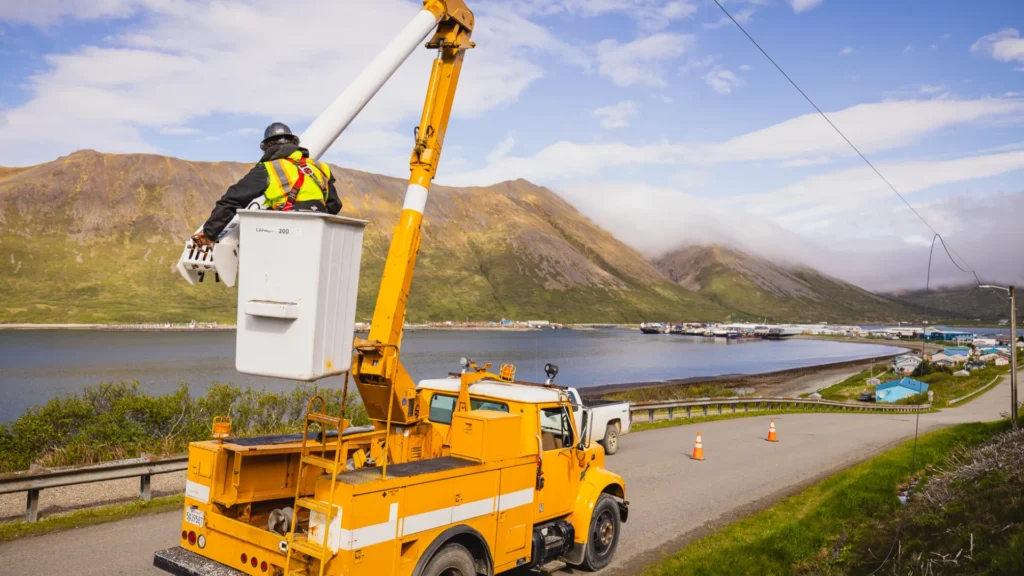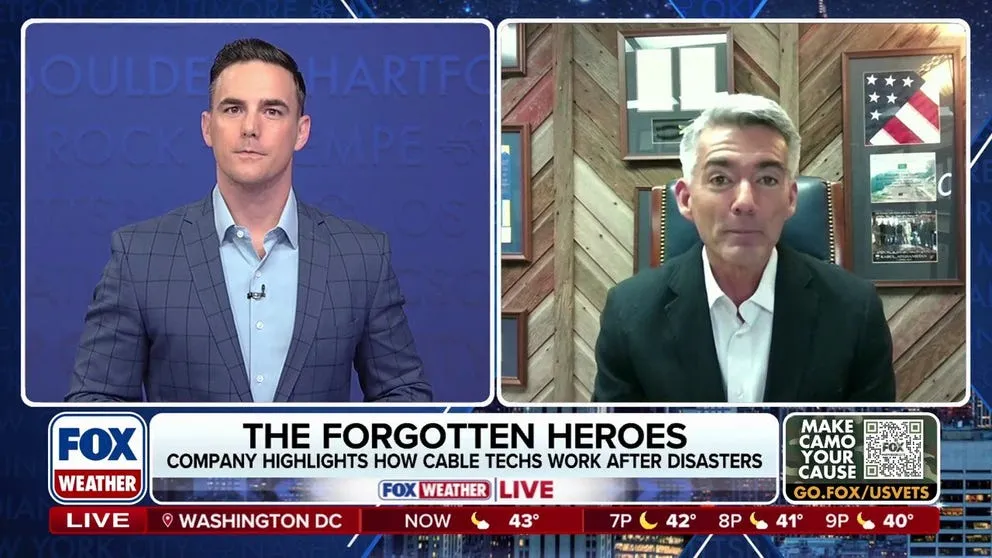As America continues to cope with the COVID-19 pandemic, September’s announcement of the “K-12 Bridge to Broadband” initiative announced by NCTA and EducationSuperHighway (“ESH”) was a watershed moment in the national imperative to shrink the ‘homework gap’ that ESH estimates currently impacts an estimated 9.7 million students. The initiative establishes a public-private partnership model that is already starting to see major accomplishments and sets the groundwork for making a meaningful difference in helping millions of American students use home broadband service to facilitate distance learning.
As part of the cable industry’s efforts to empower at-risk consumers during this national crisis, cable ISPs have to date implemented hundreds of sponsored service agreements with school districts and community partners across the country. These agreements represent more than 12,000 schools with roughly 7 million enrolled students—over half of which (roughly 3.7 million students) are eligible for free or reduced-price lunches, which is determining eligibility in many sponsored service programs.
These efforts appear to be working. The number of students who now have their internet service paid for by their school or school district has been increasing since May when EducationSuperHighway first began its efforts to get more students connected. According to recent data from the Census Bureau, schools are increasingly working with providers and community partners to support home broadband access for students and their families. As that data highlights, the number of students in households that reported having school-supported, home internet access increased by 1 million over the past 5 months, from 1.1 million in May to an average of 2.1 million in through the end of October (with many of these gains reflected by partnerships involving the participation of cable ISPs).
In addition to offering these school-directed options as part of the K-12 Bridge to Broadband program, major cable ISPs such as Charter (Spectrum), Comcast, Cox Communications, GCI, Mediacom, Midco, Vyye, Sjoberg’s and Service Electric are also continuing to offer support to families with school-age children. Through existing provider programs designed to promote broadband adoption, these programs have already helped over 10 million Americans connect to the internet.
While these initiatives vary, they often include:
• low-cost broadband access programs;
• free cable modems;
• reduced-price computer hardware; and
• digital literacy training and information
In response to the COVID-19 pandemic, many providers have offered two- or three-month free introductory service for new broadband subscribers to encourage connection, have contributed millions of dollars to non-profits assisting Americans in building digital skills, and have opened millions of Wi-Fi hotspots across the nation to the general public at no charge.
As a further complement, cable TV programmers have also contributed to ongoing efforts to support virtual learning by providing hundreds of hours of educational and informational content free of charge and offering a wide variety of other distance learning resources to schools, educators, and students.









